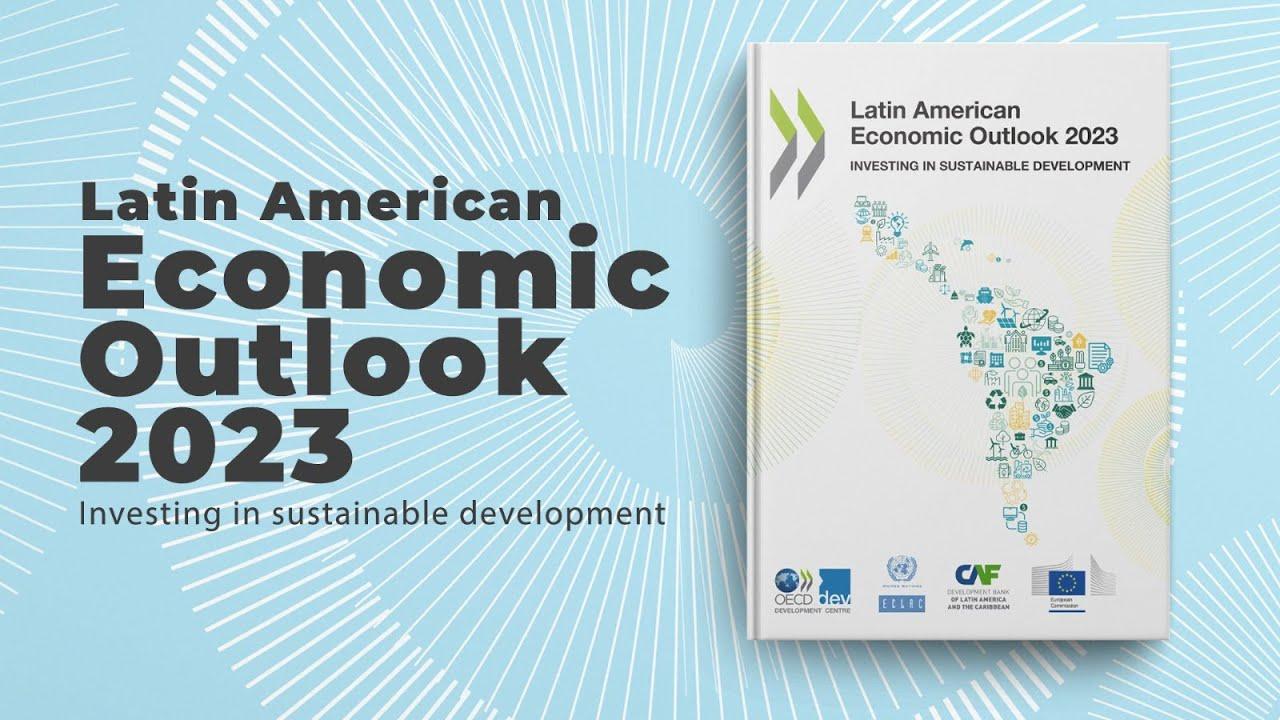Speech
Latin America and the Caribbean are lagging behind other developing regions, particularly Asia, in spite of economic reforms and higher growth. How have other countries, with resource endowments similar to those in Latin America, sustain their growth and bridge the gap with the wealthiest nations in the world?
In its document Structural Change and Productivity Growth, 20 Years Later. Old problems, new opportunities, ECLACexamines the experience of ten successful small or medium-sized economies: Australia, Czech Republic, Finland, Ireland, Korea, Malaysia, New Zealand, Singapore, Spain and Sweden.
In spite of their differences, all of these countries share a medium or long-term strategy of productive transformation that goes beyond maintaining macroeconomic equilibriums. They have focused their efforts on reaching a consensus on a forward-looking approach, with goals based on incentives that directly promote a dynamic international insertion, to favor structural change and growth.
Based on an analysis of these experiences, and in an attempt to decipher "how" they implemented their policies, the ECLAC document outlines 12 "first principles", generic in nature. These principles emphasize public-private alliances, social agreements and consensus-building as the basis for implementing strategies that may go beyond political cycles, as well as effective modes of internally organizing the public administration.
The first principle is that, in an era of globalization and intense international competition, development of public policy in the context of proactive medium and long-term strategies is an effective tool for achieving sustained high rates of growth. Public policies should be forward-looking and goal oriented, and support structural change. This, in turn, leads to efforts to anticipate and detect opportunities that may expand and improve the value of exports. It also requires designing adequate public programmes and incentives, and being flexible enough to make mid-road corrections if problems arise.
The second principle is that, in an era of market economies and globalization, strategies are best drawn up in a framework of a private-public alliance that can maximize information flows and build the consensus needed to enable strategies to persevere coherently over political cycles.
The private and public sectors have different capabilities that can complement each other: although the private sector is closer to the market and scientific knowledge, its view is partial due to gaps in information, access to technology, coordination. The public sector may provide leadership and resources to develop a strategy, a national perspective and consensus for overcoming obstacles, particularly in terms of innovation and production of higher value, knowledge-intensive goods.
According to the ECLAC analysis, the countries that succeeded in consolidating public-private alliances required customized institutional arrangements, trial and error, and evidence of success in the strategies themselves. An examination of Latin America suggests that public-private alliances are non-existent, fragmented, lack continuity, are captured by special interests or are paralyzed by governance and financial problems.
Other ten principles
The other principles mentioned in the report, inspired by the extraregional experiences, refer to the governance of the institutional process. Among these are that strategies need to be led by ministries and public agencies with jurisdiction over the real sector of the economy, that enjoy political support at the highest level, and have adequate and predictable financial resources to develop and move the strategy forward.
One example is that these successful countries tend to "rebrand" their specialized public agencies to accommodate emerging new strategic priorities.
Observation of Latin America suggests weak institutional frameworks, with coordination problems and relative stagnation. These shortcomings lead to dispersion of already limited resources for public support programmes, duplication, gaps in coverage of support for strategic activities of the private sector, and lack of continuity of funding for activities with long gestation periods, such as innovation, among others.
In this context, ECLAC stresses that in order to develop strategies with credibility vis-a-vis the private sector, ministries need a depoliticized stable corps of highly competent, specialized technical staff and management that also has an ability to articulate effectively with international expertise.
Other principles point to a rigorous and continuous monitoring and evaluation of the impact of public incentives and the need for transparency, both of which facilitate efficacy as well as ward off the risks of special interests "capturing" the State.
The study does not establish any causality between public-private alliances and growth in the extraregional cases it examines. Although their experiences have been successful, the analysis only hopes to report on the institutional dimensions and stimulate reflection on the value of medium-long term strategies, alliances and the building of consensus. It is up to Latin American countries to decide whether and how to develop homegrown versions of these strategies.

